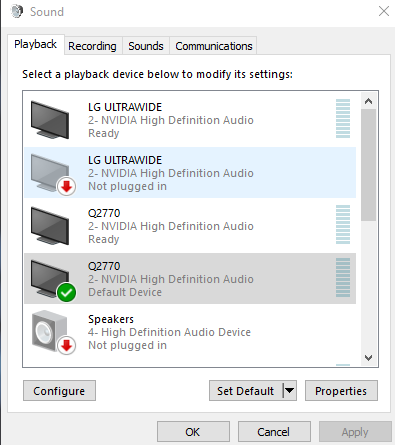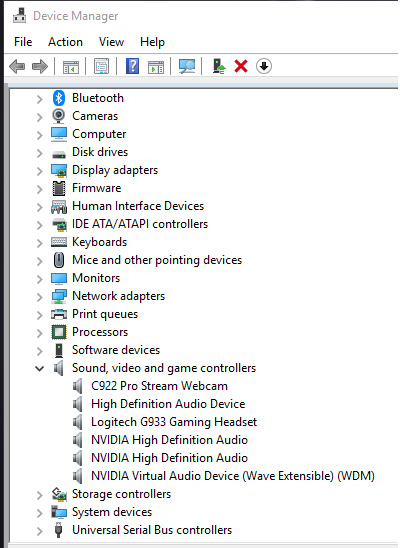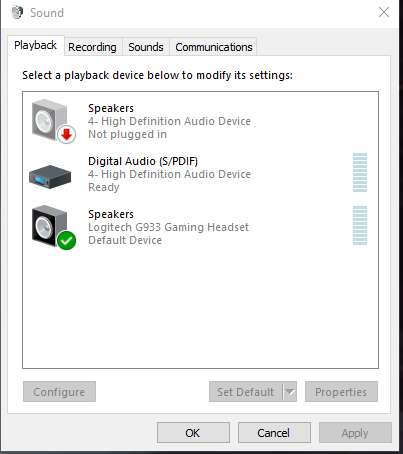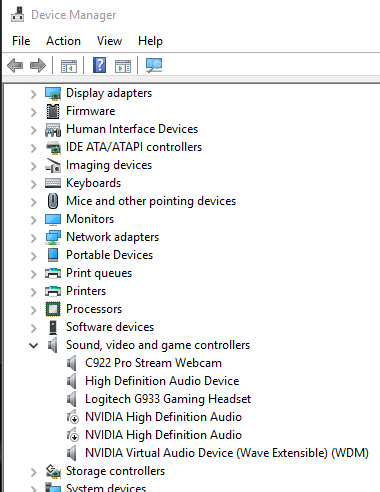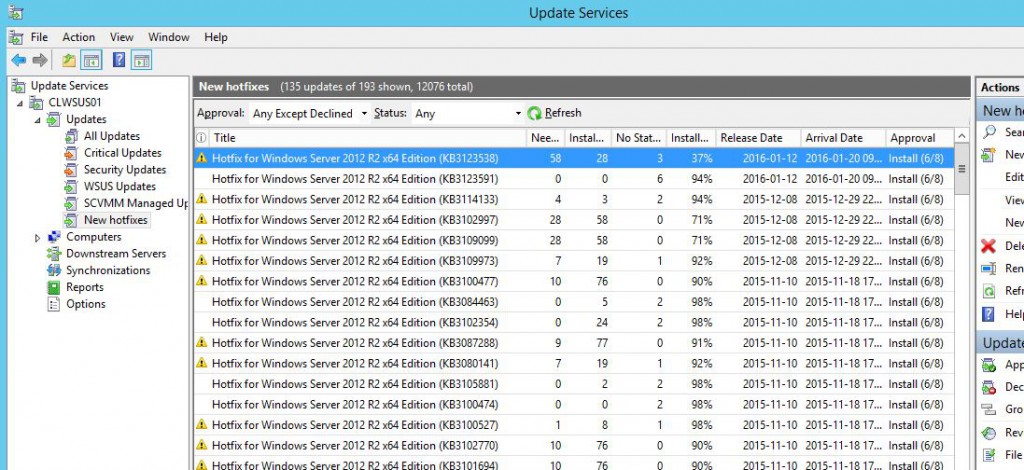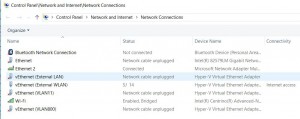Function Invoke-Exe{
[CmdletBinding(SupportsShouldProcess=$true)]
param(
[parameter(mandatory=$true,position=0)]
[ValidateNotNullOrEmpty()]
[string]
$Executable,
[parameter(mandatory=$false,position=1)]
[string]
$Arguments
)
if($Arguments -eq "")
{
Write-Verbose "Running $ReturnFromEXE = Start-Process -FilePath $Executable -ArgumentList $Arguments -NoNewWindow -Wait -Passthru"
$ReturnFromEXE = Start-Process -FilePath $Executable -NoNewWindow -Wait -Passthru
}else{
Write-Verbose "Running $ReturnFromEXE = Start-Process -FilePath $Executable -ArgumentList $Arguments -NoNewWindow -Wait -Passthru"
$ReturnFromEXE = Start-Process -FilePath $Executable -ArgumentList $Arguments -NoNewWindow -Wait -Passthru
}
Write-Verbose "Returncode is $($ReturnFromEXE.ExitCode)"
Return $ReturnFromEXE.ExitCode
}
#Setup
$RunningFromFolder = $MyInvocation.MyCommand.Path | Split-Path -Parent
$WsusDBMaintenanceFile = "$RunningFromFolder\WsusDBMaintenance.sql"
#Connect to DB
#For Windows Internal Database, use $WSUSDB = '\\.\pipe\MICROSOFT##WID\tsql\query'
#For SQL Express, use $WSUSDB = '\\.\pipe\MSSQL$SQLEXPRESS\sql\query'
$WSUSDB = '\\.\pipe\MICROSOFT##WID\tsql\query'
if(!(Test-Path $WSUSDB) -eq $true){Write-Warning "Could not access the DB";BREAK}
if(!(Test-Path $WsusDBMaintenanceFile) -eq $true){Write-Warning "Could not access the WsusDBMaintenance.sql, make sure you have downloaed the file from https://gallery.technet.microsoft.com/scriptcenter/6f8cde49-5c52-4abd-9820-f1d270ddea61#content";BREAK}
Write-Output "Running from: $RunningFromFolder"
Write-Output "Using SQL FIle: $WsusDBMaintenanceFile"
Write-Output "Using DB: $WSUSDB"
#Get and Set the WSUS Server target
$WSUSSrv = Get-WsusServer -Name $env:COMPUTERNAME -PortNumber 8530
Write-Output "Working on $($WSUSSrv.name)"
# Choose Languages
$WSUSSrvCFG = $WSUSSrv.GetConfiguration()
# Synchronization
$WSUSSrvSubScrip = $WSUSSrv.GetSubscription()
$WSUSSrvSubScrip.StartSynchronization()
While($WSUSSrvSubScrip.GetSynchronizationStatus() -ne 'NotProcessing')
{
Write-Host "Still syncing"
Start-Sleep -Seconds 5
}
#$SuperSeededUpdates = Get-WsusUpdate -Approval Declined -Classification All -Status Any | Where-Object -Property UpdatesSupersedingThisUpdate -EQ -Value 'None' -Verbose
#$SuperSeededUpdates | Approve-WsusUpdate -Verbose
#$SuperSeededUpdates | where Classification -ne "Drivrutiner" | Approve-WsusUpdate -Verbose -Action Install -TargetGroupName "All Computers"
Write-Output "Deny SuperSeeded Updates"
$SuperSeededUpdates = Get-WsusUpdate -Approval AnyExceptDeclined -Classification All -Status Any | Where-Object -Property UpdatesSupersedingThisUpdate -NE -Value 'None' -Verbose
$SuperSeededUpdates | Deny-WsusUpdate -Verbose
Write-Output "Get All Updates except Declined"
$AllUpdates = Get-WsusUpdate -Approval AnyExceptDeclined -Classification All -Status Any
Write-Output "Decline Itanium Updates"
$ItaniumUpdates = $AllUpdates | where { $_.update.Title -like "*Itanium*" -or $_.update.Title -like "*IA64*"}
$ItaniumUpdates | Deny-WsusUpdate -Verbose
Write-Output "Decline ARM64 Updates"
$ARMUpdates = $AllUpdates | where { $_.update.Title -like "*ARM64*" }
$ARMUpdates | Deny-WsusUpdate -Verbose
Write-Output "Decline Windowx XP-Windows 8.1 Client Updates and Windows Server 2008 + 2012 Updates"
$WinClientUpdates = $AllUpdates | where { $_.update.Title -like "*Windows 7*" -or $_.Update.Title -like "*Windows 8*" -or $_.Update.Title -like "*Windows XP*" -or $_.Update.Title -like "*Windows Vista*" -or $_.Update.Title -like "*Windows Server 2008*" -or $_.Update.Title -like "*Windows Server 2012*" } | where { $_.update.Title -notlike "*Windows Server 2012 R2*" } | where { $_.Update.Title -notlike "*Windows Server 2016*" } | where { $_.Update.ProductTitles -notcontains "Windows Server 2016" -and $_.Update.ProductTitles -notcontains "Windows Server 2012 R2" -and $_.Update.ProductTitles -notcontains "Windows 10" }
$WinClientUpdates | Deny-WsusUpdate -Verbose
Write-Output "Decline Preview Updates"
$PreviewUpdates = $AllUpdates | where { $_.update.Title -like "*förhandsversion*" -or $_.update.Title -like "*preview*"}
$PreviewUpdates | Deny-WsusUpdate -Verbose
Write-Output "Decline Wind0 x86 and Feature on Demand Updates"
$Otherupdates = $AllUpdates | where { $_.update.Title -like "*Windows 10 Version * for x86-based Systems*" -or $_.update.Title -like "*Feature*On*Demand*"} | where { $_.update.Title -notlike "*X64*" } | where { $_.update.Title -notlike "*AMD64*" }
$Otherupdates | Deny-WsusUpdate -Verbose
$AllUpdates | where { $_.Update.Title -like "*Language*Feature*On*Demand*" } | Deny-WsusUpdate -Verbose
Write-Output "Decline Beta Updates"
$AllUpdates | where { $_.update.Title -like "*Beta*" } | Deny-WsusUpdate -Verbose
Write-Output "Decline Other Updates"
$AllUpdates | where { $_.update.PublicationState -like "Expired" } | Deny-WsusUpdate -Verbose
$AllUpdates | where { $_.Update.Title -like "*Sharepoint*" } | Deny-WsusUpdate -Verbose
$AllUpdates | where { $_.Update.Title -like "*Multipoint*" } | Deny-WsusUpdate -Verbose
$AllUpdates | where { $_.Update.Title -like "*Windows 10*N,*" } | Deny-WsusUpdate -Verbose
$AllUpdates | where { $_.Update.Title -like "*Windows 10*N version*" } | Deny-WsusUpdate -Verbose
$AllUpdates | where { $_.Update.Title -like "*Windows 10 Education,*" } | Deny-WsusUpdate -Verbose
$AllUpdates | where { $_.Update.Title -like "*InfoPath*" } | Deny-WsusUpdate -Verbose
$AllUpdates | where { $_.Update.UpdateClassificationTitle -like "*Upgrades*" -and $_.Update.Title -like "*Windows 10*" } | Deny-WsusUpdate -Verbose
$AllUpdates | where { $_.Update.ProductTitles -like "*MS Security Essentials*" } | Deny-WsusUpdate -Verbose
$AllUpdates | where { $_.Update.ProductTitles -like "*Security Essentials*" } | Deny-WsusUpdate -Verbose
$AllUpdates | where { $_.Update.ProductTitles -like "*Forefront Endpoint Protection*" } | Deny-WsusUpdate -Verbose
$AllUpdates | where { $_.Update.ProductTitles -like "*Forefront Client Security*" } | Deny-WsusUpdate -Verbose
$AllUpdates | where { $_.Update.ProductTitles -like "*SQL Server*" -and $_.Update.Title -like "*Books*"} | Deny-WsusUpdate -Verbose
$AllUpdates | where { $_.Update.ProductTitles -like "*Silverlight*" }| Deny-WsusUpdate -Verbose
$AllUpdates | where { $_.Update.ProductTitles -like "*Dictionary*" } | Deny-WsusUpdate -Verbose
$AllUpdates | where { $_.Update.ProductTitles -like "*Windows Embedded*" } | Deny-WsusUpdate -Verbose
$AllUpdates | where { $_.Update.ProductFamilyTitles -eq "Forefront" }| Deny-WsusUpdate -Verbose
$AllUpdates | where { $_.Update.ProductFamilyTitles -like "Windows" } | where { $_.Update.ProductTitles -contains "Windows XP" -or $_.Update.ProductTitles -contains "Windows Server 2008" -or $_.Update.ProductTitles -contains "Windows Vista" -or $_.Update.ProductTitles -contains "Windows 7" -or $_.Update.ProductTitles -contains "Windows 8.1" -or $_.Update.ProductTitles -contains "Windows 8" } | where { $_.Update.ProductTitles -notcontains "Windows Server 2016" -and $_.Update.ProductTitles -notcontains "Windows Server 2012 R2" -and $_.Update.ProductTitles -notcontains "Windows 10" } | Deny-WsusUpdate -Verbose
$AllUpdates | where { $_.Update.ProductFamilyTitles -eq "Microsoft Application Virtualization" } | Deny-WsusUpdate -Verbose
#Cleanup WSUS
Write-Output "Cleanup Obsolete Computers"
$CleanupObsoleteComputers = Invoke-WsusServerCleanup -UpdateServer $WSUSSrv -CleanupObsoleteComputers
Write-Output $CleanupObsoleteComputers
Write-Output "Decline Expired Updates"
$DeclineExpiredUpdates = Invoke-WsusServerCleanup -UpdateServer $WSUSSrv -DeclineExpiredUpdates
Write-Output $DeclineExpiredUpdates
Write-Output "Decline Superseded Updates"
$DeclineSupersededUpdates = Invoke-WsusServerCleanup -UpdateServer $WSUSSrv -DeclineSupersededUpdates
Write-Output $DeclineSupersededUpdates
Write-Output "Cleanup Obsolete Updates"
$CleanupObsoleteUpdates = Invoke-WsusServerCleanup -UpdateServer $WSUSSrv -CleanupObsoleteUpdates
Write-Output $CleanupObsoleteUpdates
Write-Output "Cleanup Unneeded Content Files"
$CleanupUnneededContentFiles = Invoke-WsusServerCleanup -UpdateServer $WSUSSrv -CleanupUnneededContentFiles
Write-Output "Diskspace Freed: $([Math]::Round($(($CleanupUnneededContentFiles).Split(":")[1]/1GB),2)) GB"
Write-Output "Compress Updates"
$CompressUpdates = Invoke-WsusServerCleanup -UpdateServer $WSUSSrv -CompressUpdates
Write-Output $CompressUpdates
[void][reflection.assembly]::LoadWithPartialName("Microsoft.UpdateServices.Administration")
$wsus = [Microsoft.UpdateServices.Administration.AdminProxy]::getUpdateServer("$ENV:ComputerName",$False,8530)
$updates = $wsus.GetUpdates()
$license = $updates | Where {$_.RequiresLicenseAgreementAcceptance}
$license | Select Title
$license | ForEach {$_.AcceptLicenseAgreement()}
#Cleanup the SUDB
Write-Output "Defrag and Cleanup DB"
$Command = "sqlcmd.exe"
$Arguments = "-E -S $WSUSDB /i $WsusDBMaintenanceFile"
Invoke-Exe -Executable $Command -Arguments $Arguments
Write-Output "Done"

